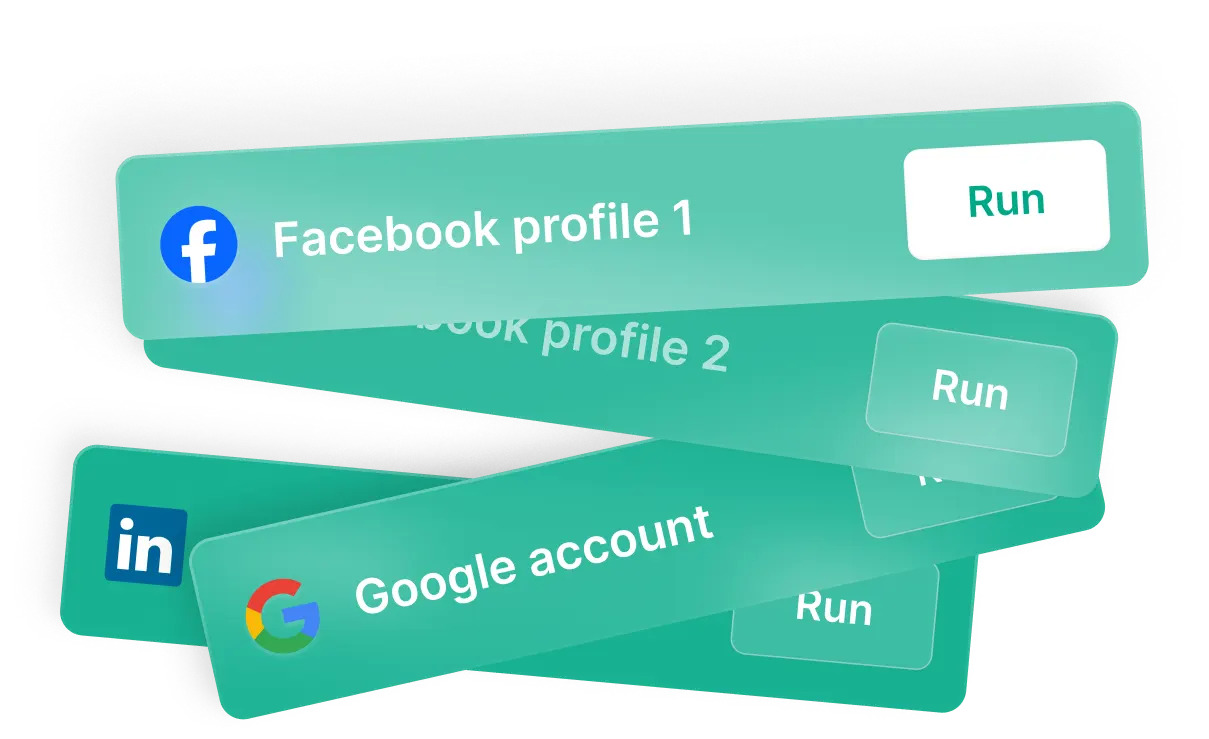Remote Desktop Protocol (RDP) is a proprietary protocol developed by Microsoft that allows users to connect to another computer over a network connection. RDP provides a graphical interface to the user for connecting to another computer and interacting with its desktop environment as if they were physically present at the remote location. This protocol is commonly used for remote administration, technical support, and accessing remote resources.
Key Features of Remote Desktop Protocol:
1. Remote Access:
- Allows users to access and control a remote computer or server as if they were sitting in front of it.
- Supports a wide range of operating systems, including Windows, macOS, Linux, and mobile platforms.
2. Graphical Interface:
- Provides a full graphical user interface (GUI) that includes the desktop, start menu, applications, and other visual elements of the remote computer.
- Users can run applications, access files, and perform tasks as they would on a local machine.
3. Encryption:
- RDP uses encryption to secure the data transmitted between the client and the remote server, ensuring the confidentiality and integrity of the connection.
- By default, RDP uses the RC4 encryption algorithm, but it can be configured to use stronger encryption methods.
4. Multiple Sessions:
- Supports multiple concurrent remote sessions on a server, allowing several users to connect and work on the same server simultaneously.
- Useful for environments like terminal servers or virtual desktops.
5. Resource Redirection:
- Enables redirection of resources such as printers, drives, audio, and clipboard from the local machine to the remote session.
- Allows users to print documents from the remote session to a local printer or copy files between the local and remote systems.
6. Bandwidth Optimization:
- RDP includes features for optimizing performance over low-bandwidth connections, such as compression and caching techniques.
- Adaptive graphics improve the user experience by adjusting the quality based on the available bandwidth.
7. Authentication and Authorization:
- Provides robust authentication mechanisms, including password-based, smart card, and multi-factor authentication.
- Supports network-level authentication (NLA) to enhance security before establishing a full RDP session.
Common Uses of RDP:
1. Remote Administration:
- IT administrators use RDP to manage and troubleshoot servers and workstations remotely.
- Allows for maintenance tasks, software installations, and system configurations without physical presence.
2. Telecommuting:
- Enables employees to work remotely by accessing their office desktop or server from home or other locations.
- Facilitates remote work and business continuity.
3. Technical Support:
- Support teams use RDP to remotely assist users with troubleshooting and resolving technical issues.
- Allows direct access to the user’s desktop for effective problem-solving.
4. Accessing Remote Resources:
- Users can access specialized software, databases, and files stored on a remote server.
- Useful for scenarios where the necessary resources are not available locally.
RDP is a powerful and versatile tool for remote desktop access, enabling efficient management, support, and remote work capabilities across various environments.
